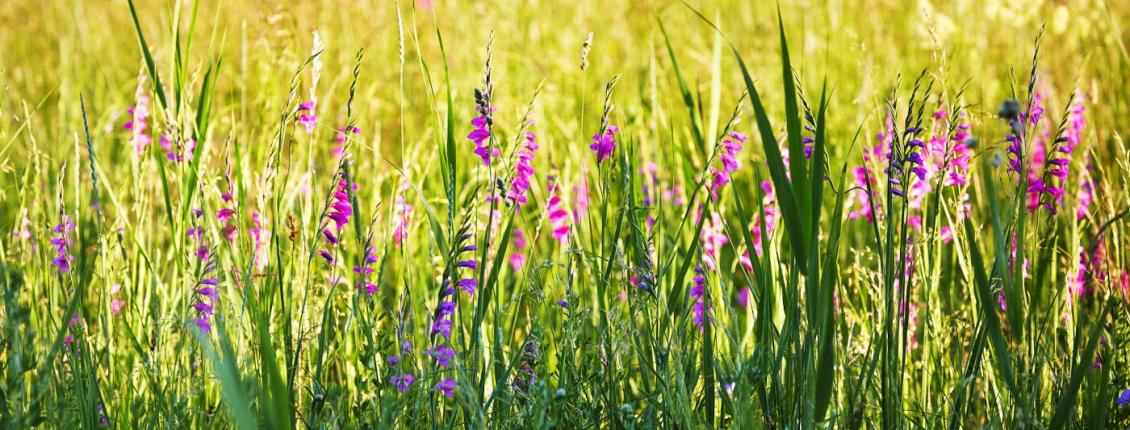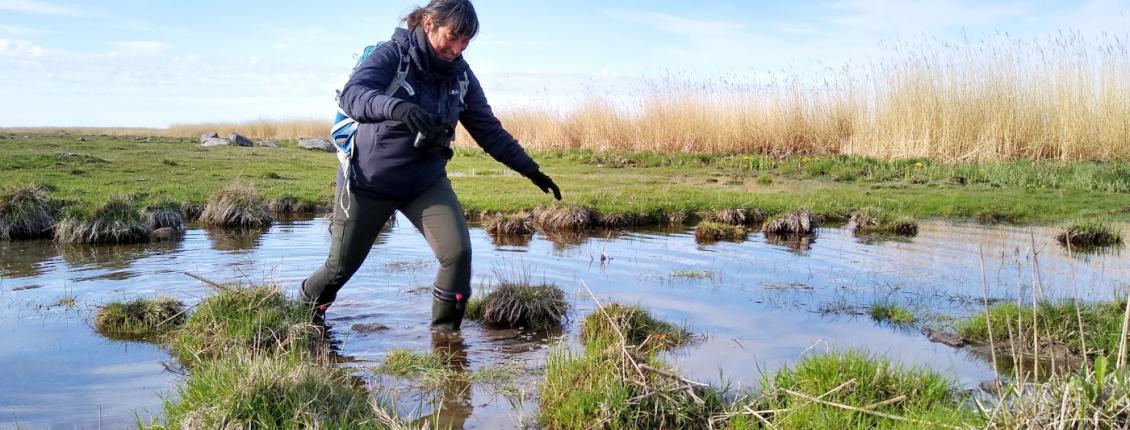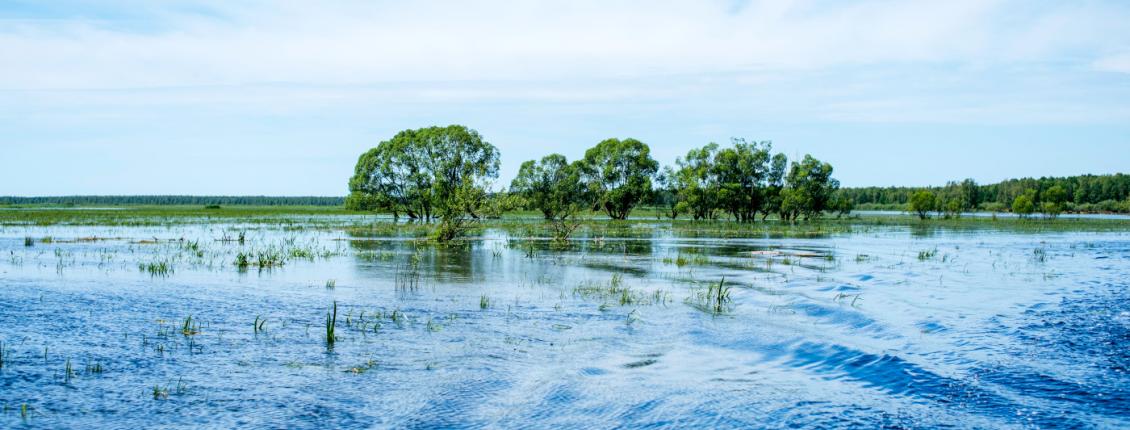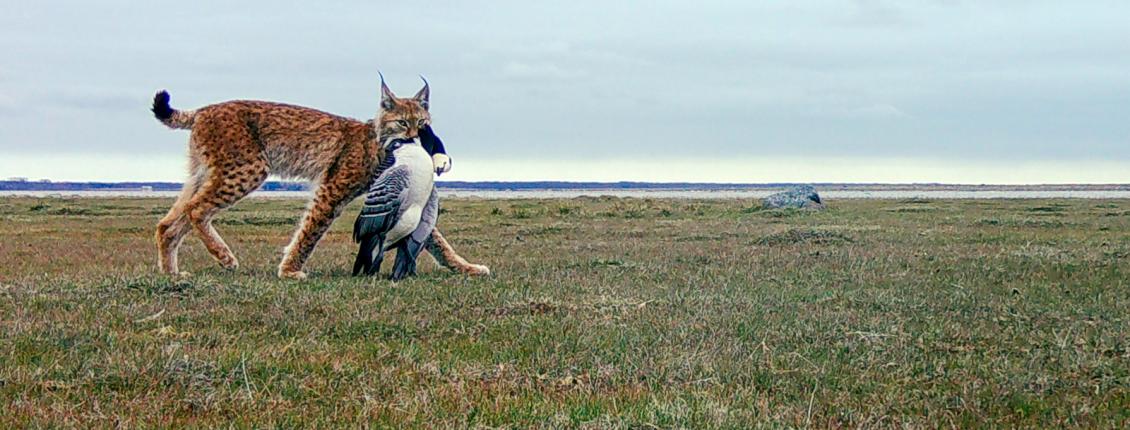October 9, 2025
Liis Kasari-Toussaint
Estonian grassland managers’ voices are now heard worldwide!
A research article based on a nationwide survey explored how managers of Estonian semi-natural grasslands assess current conditions and support schemes, and what could be improved in the future to ensure the continued provision of ecosystem services and the preservation of cultural heritage.









